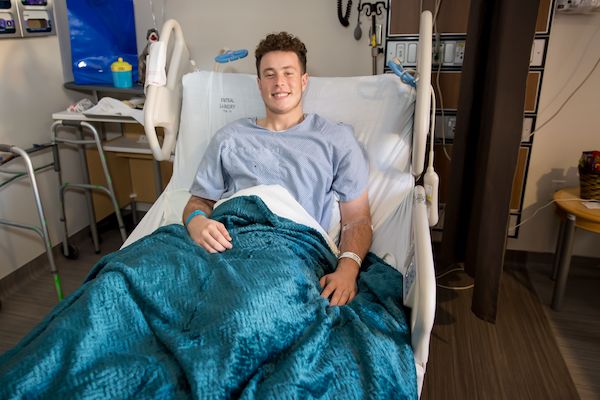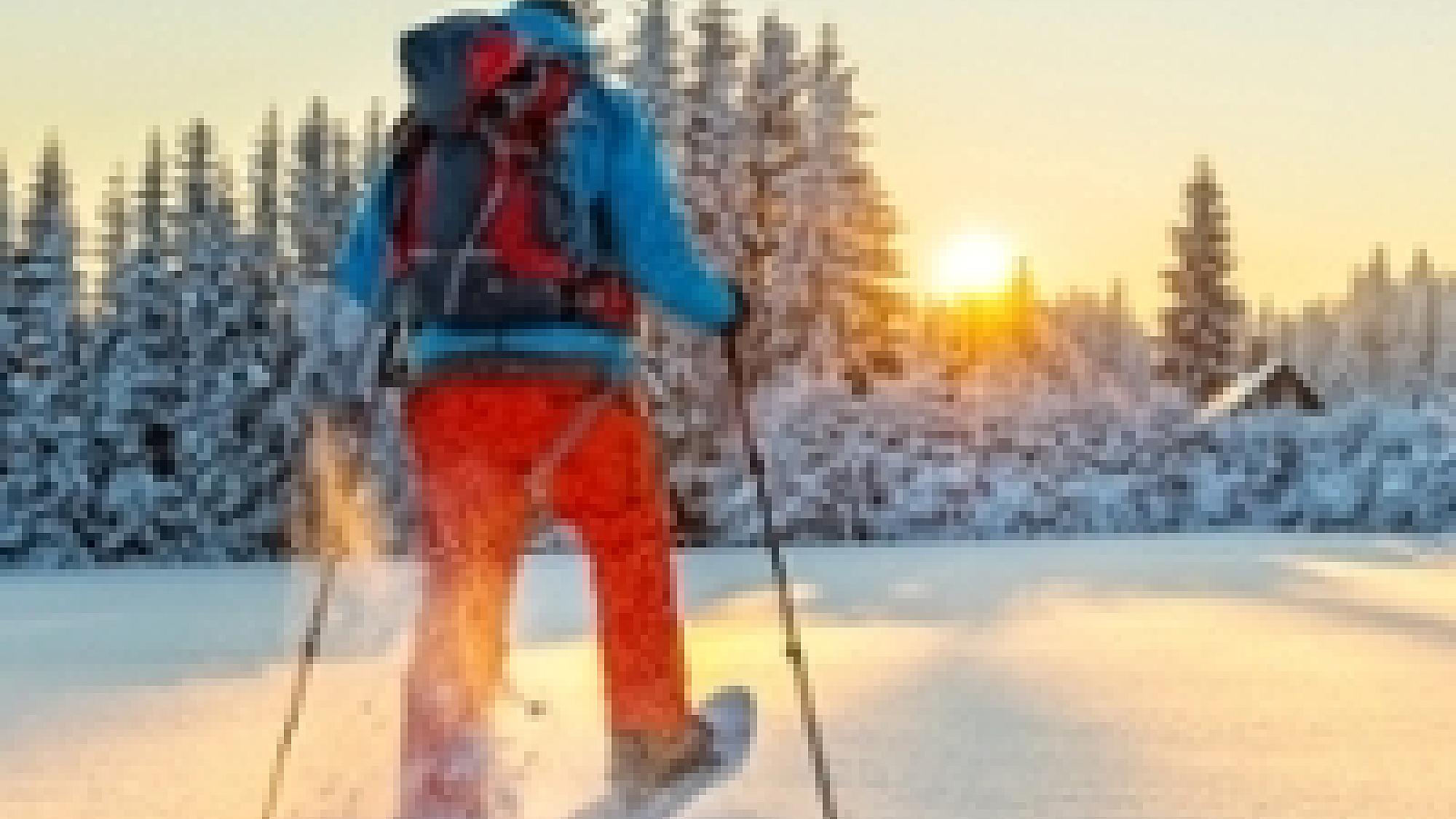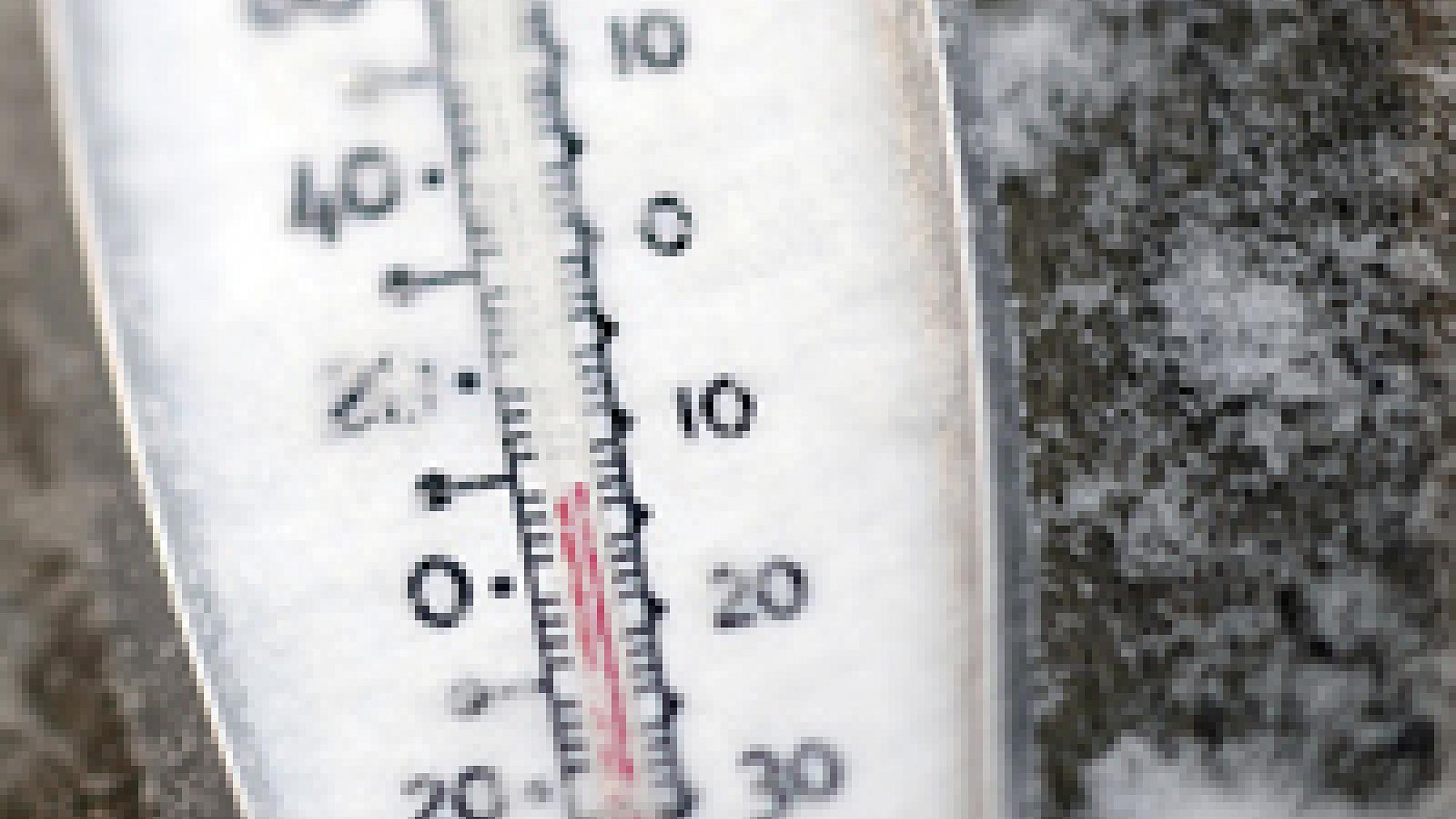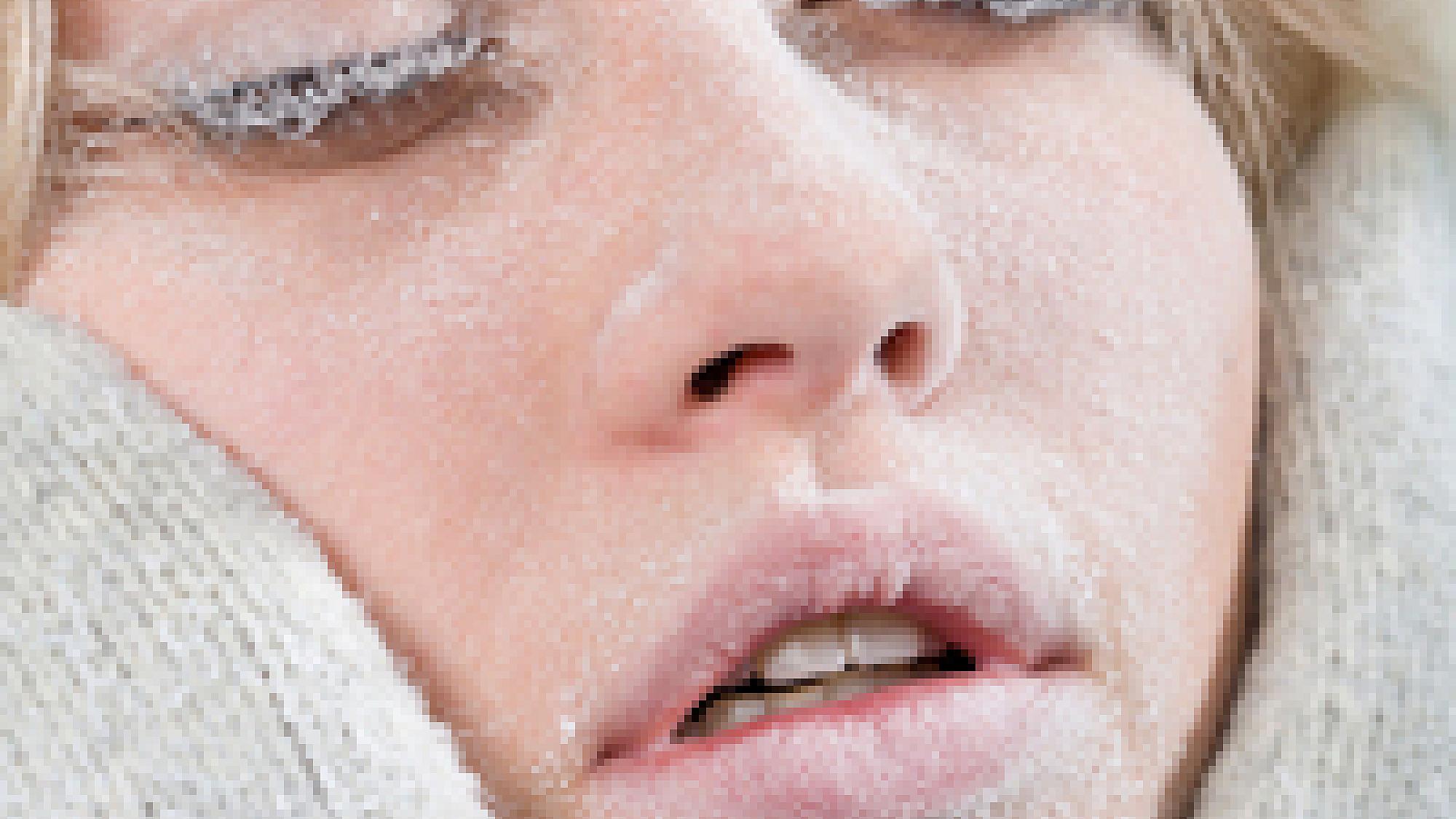
What Is Frostbite?
To refer a frostbite patient or if you are concerned about your own frostbite injury, please call:
801-581-2700
A burn charge nurse answers this number 24-hours a day.
Frostnip is mild frostbite. It may cause numbness and pale skin to the affected area, however, it is not a deep injury.
Frostbite is a traumatic injury where the skin and sometimes tissue under the skin freezes. Frostbite injury can occur to fingers, toes, ears, and nose.
Frostbite can also lead to long-term disability if you don’t get treatment. Specialists at University of Utah Health's Burn Center provide expert care in frostbite treatment and management.
What Causes Frostbite?
You can get frostbite if your skin is unprotected and exposed to cold temperatures. You can get frostbite even if you are wearing gloves or other clothing to protect your skin.
Signs of Frostbite
Frostbite is similar to a burn injury, only caused by cold rather than heat. The first signs of frostbite are:
- cold skin and a prickling feeling;
- reddened skin that turns white or pale;
- numbness in your nose, chin, ears, fingers, or other area; and
- stinging, burning, or swelling.
These first signs are called first degree frostbite injury.
Second degree frostbite is when you see light colored blisters and your skin starts sloughing or shedding. Blood filled blisters are signs of third-degree frostbite. These may occur after you have rewarmed your skin.
The worst type of frostbite, fourth degree, is when bone, tendon, or muscle has frozen.
When You Should Go to Urgent Care or an Emergency Room
If you have any of the following symptoms, you should go to urgent care or the ER:
- Loss of feeling or sensation to frostbitten area
- Increased swelling, redness, or pain to frostbitten area
- Symptoms of hypothermia: shivering, confusion, slurred speech, drowsiness
- Fever or other signs of infection
Frostbite Treatment
When you are treated for frostbite, the first priority of your treatment team is to stop the injury from progressing. This initial treatment plan may include rewarming.
Rewarming
In the rewarming process, we will warm up the area that has been damaged. We will slowly dip the area in warm water. Sometimes you may need medications to help relieve the pain. It is important that your care team monitors this process
Other Treatments
You may need additional treatments. These could include any of the following:
- Surgery—Depending on how severe the frostbite is, you may need surgery.
- Wound care—Wound care is the process of preventing infection. This includes washing and bandaging your wounds.
- Pain control—Your comfort is a top priority for our treatment teams. We will give you pain medications as you need them.
- Intravenous fluids for hydration—We may give you an IV to make sure you get enough fluids and don't get dehydrated.
- Treatment to promote circulation—Rewarming the injured area will help with circulation. We may also give you medication to improve blood flow to the injured area.
- Electrolyte replacement—We will make sure you have the nutrition that you need. This may include the replacement of vitamins and minerals.
- Glucose management—We will monitor your blood sugar. This is another way for us to be sure you are getting adequate nutrition.
Preventing Infection
Our team will also work to prevent your injury or wound from getting infected. To do this we will:
- Wash our hands or use hand sanitizer when we enter and leave your room.
- Wear PPE (personal protective equipment), such as gowns, gloves, and masks.
- Limit the number of your visitors.
Find a Frostbite Specialist
How Long Will You Be in the Hospital for Frostbite Treatment?
The length of hospital stay depends on how extensive your injury is. See more information about staying in the burn unit and visiting the burn center.
How Can I Help My Family Member?
So that you can care for you family member at home, you will need to meet specific milestones before you can go home. Your treatment team will set these goals and coach you through them.
These goals may include learning wound care, physical therapy, and pain management. We will re-evaluate these goals throughout your loved one's stay.


Teenage Hiker Uses Instincts to Survive Cold Night in Mountains
Strength, the desire to see his family, and a couple of friendly skiers—that's what 17-year-old Nicolas Stacy-Alcantara credits for being alive today. The Fresno, California, native became stranded in Utah's mountains for 30 hours during a bitterly cold night in January. He planned to hike from Millcreek Canyon to Snyderville, but plans changed when the weather took a turn. That's when reality set in for the teenager—and he found the courage to survive.
Telemedicine Consult Services
In addition to in-hospital and clinical management of burns, we provide a consultation service. This consult service is through our telemedicine program to help ensure our patients receive optimal care.
Hear From Our Specialists
Exercising in the Cold
The weather is cold, the days are shorter, and we are in the middle of a snowy Utah winter. Before you head out into the cold though, make sure you have the proper outdoor clothing and gear.
ER or Note: Frostbite
Were you out in the cold a little too long? Do you worry you might have frostbite? Emergency room physician Troy Madsen says frostbite is a reason to go to the ER because you may risk losing a finger or toe.
The Dangers of Frostbite
Whether you work outside or are simply shoveling your walk, when it gets this cold, frostnip and frostbite are real dangers. You might not even know you have it frostbite until it's too late.


